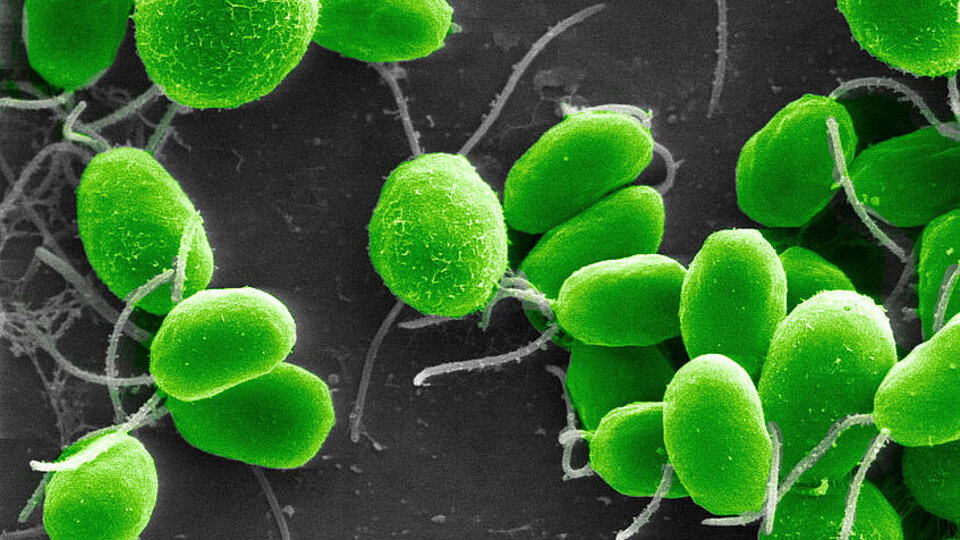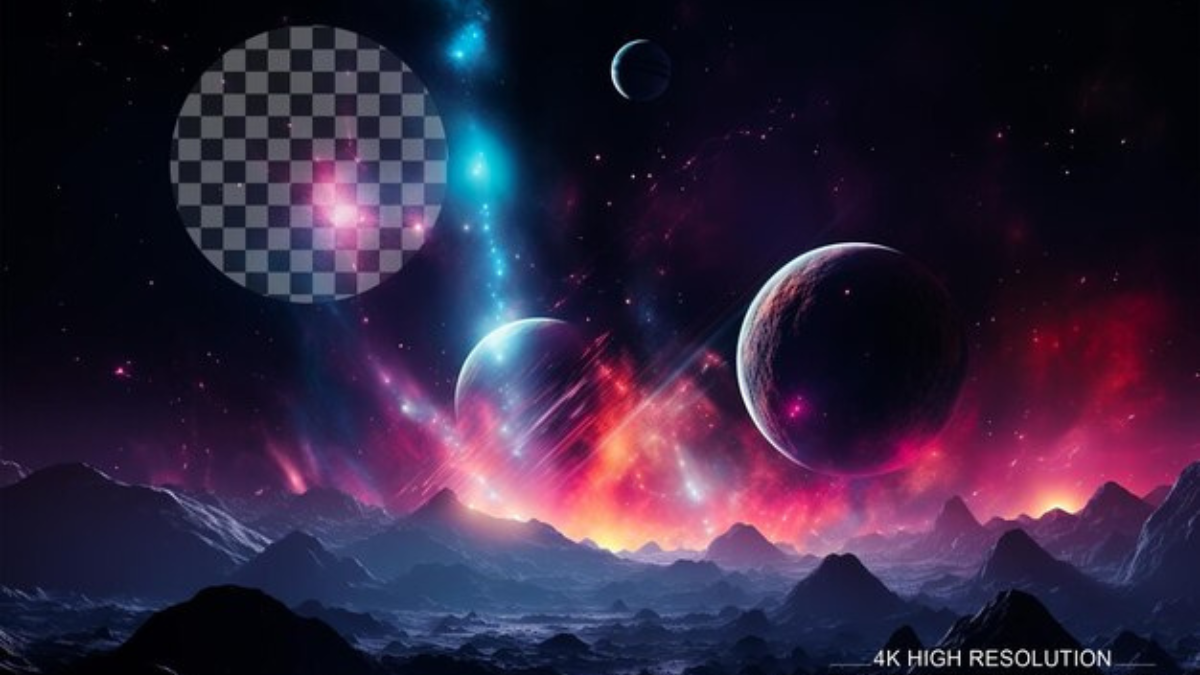“Evolutionary milestone” is how they describe the scientific discovery that has astounded researchers around the world. At UCLA they found a kind of Marine algae that have evolved and developed the ability to utilize nitrogen from the environment Thanks to a special organelle and beneficial symbiosis with cyanobacteria. This discovery challenges the current understanding of cells and has the potential to revolutionize agriculture forever.
Organisms can be divided into two large groups, those that have prokaryotic cells (without a nucleus) and those that have eukaryotic cells (with a nucleus). The general understanding was that organisms in the second group, such as fungi, plants, animals and algae, could not extract nitrogen from the air and use it for food, but this result proved otherwise. According to the article published in the magazine Sciencesa bacterial endosymbiosis of seaweeds Atelocyanobacteria thalassaCapable of fixing nitrogen, it develops into an internal organelle of the algae cell, called ““Nitroplast”. This means that The eukaryotic cell acquired a new ability that only belongs to prokaryotes.
“Endosymbiosis on this scale has rarely occurred in the history of life on Earth, but with such transcendent consequences.”said Ignacio Soto, Conicet researcher, professor in the School of Exact and Natural Sciences at UBA and director of the Integrated Evolutionary Systems Biology Laboratory at Exactas.
Endosymbiosis is a very close relationship between organisms, where one exists within the other, and even evolves into greater genetic fusion, in such a way that They cease to exist as separate entities. “This process is transcendental because it is the basis for the emergence of complex life on our planet, the eukaryotic cells that make up our bodies, and the cells of all multicellular organisms,” Soto explained.
The researcher explained that both cells with a nucleus and mitochondria, which appeared about 1.5 billion years ago, and chloroplasts, Which allowed the emergence of plant life, owes its origin to the process of endosymbiosis. In this sense, he explained that “according to the study, these algae acquired nitroblasts.” “It is a much more recent evolutionary process than that of mitochondria and chloroplasts, which are 'only' approximately 100 million years old.”
Nitrogen is an essential element in the structure and function of living organisms. It is found in human DNA and is necessary for the production of the proteins that make it up. Although it is essential for life, there are few species that can convert gaseous nitrogen in the air into nitrogen available for use by living organisms, which is why, in many contexts, it ends up being a limited resource for the evolution of life. For example, humans acquire it through food, so the amount of nitrogen available in the soil for crops is of paramount importance.
“A large group of bacteria, cyanobacteria of the genus Trichodesmium, have been identified that are able to take up gaseous nitrogen from the atmosphere; genes associated with nitrogen fixation have also been discovered,” explained Nicholas Lewis, a biologist, postdoctoral fellow at Conicet and professor at Exactas UBA Faculty. It has been reported to be found in other groups of bacteria associated with other organisms, with different levels of interaction, but according to Lewis, This discovery is the “most intimate level known” of this phenomenon: “The symbiosis is so intense that bacteria, living inside other unicellular algae, transfer part of their vital functions to them and synchronize their reproduction to such an extent that we consider them to be a single species.”
Not only is this discovery of remarkable importance to biology, but it could also revolutionize the way it is grown. “Fixing and obtaining nitrogen from the air or water and converting it into molecules that can be used by organisms is a highly valuable ability because it is an essential nutrient for the growth of plants and algae and is often scarce. On drylands, many plants have symbiotic relationships with soil bacteria, which can fix nitrogen and provide these nutrients, or humans introduce nitrogen directly from fertilizers.Soto explained.
100 years ago, German chemists Fritz Haber and Karl Bosch discovered a way to use nitrogen in the air to make ammonia, making fertilizers essential for producing large quantities of the crops that today fuel and support the global economy. Soto confirmed this “There will certainly be, based on this discovery, interest in biotechnology to see the possibilities of incorporating this organelle or its capabilities into other eukaryotic cells such as commercial crops.”. That is, if these algae had the ability to do this, why couldn't corn or wheat use atmospheric nitrogen instead of introducing fertilizer to fertilize fields?
In this regard, Lewis stated: “The possibility is remote today, but we will have to do something that includes… Evaluate the effects of crop modification in this wayIn terms of the health of the environments in which they are grown and the human and non-human animals that feed on them. “In a country like Argentina, where the agricultural export model has characterized our production and industrial system, this innovation can have a tremendous impact on the productivity of our fields. In this sense, it is also important to think about who will invest and who will reap profits from this potential business.
“There is a very interesting aspect of this discovery that invites us to think about the nature and evolution of species on this planet: a fairly prevalent concept is to think about the evolution of different lineages and species on the basis of processes of competition, displacement and consumption. Or predation: hence the sad phrase “the conflict of For the sake of existence” to talk in vain about the evolution of species – Soto explains – now, although these interactions exist, there is a whole set of positive interactions that are sometimes forgotten that are transcendent to really thinking about what the evolution of life looks like and what we really think of as a species. Endosymbiosis is an example This is clear: the process of merging organisms into a new organism that ends up being more than the sum of its parts. It has allowed life to take on fascinating paths and complexities that were only possible under competition between bacterial strains without cooperation“.
Furthermore, he proposes a new approach: “What is a species from this perspective? A cow is a cow but does not exist without its bacterial flora, which allows it to feed and vice versa. Therefore, part of Evolutionary biologyunder this kind of considerations, many times It studies species not as a single organism but as a holobiont: the sum of lineages that constitute a species as it is viable in nature. It is a more complex study of species, but a richer path given the richness of phenomena we can consider to occur. Such as the evolution of nitroblasts.”
Report: Lucia Bernstein Alfonsine


:quality(85)/cloudfront-us-east-1.images.arcpublishing.com/infobae/4JPNIRFV25CTHAOORQEI3SZCMQ.png)

/cloudfront-us-east-1.images.arcpublishing.com/artear/HXXA4PIQBFHHFHYMRXYLZSZFUU.png)
